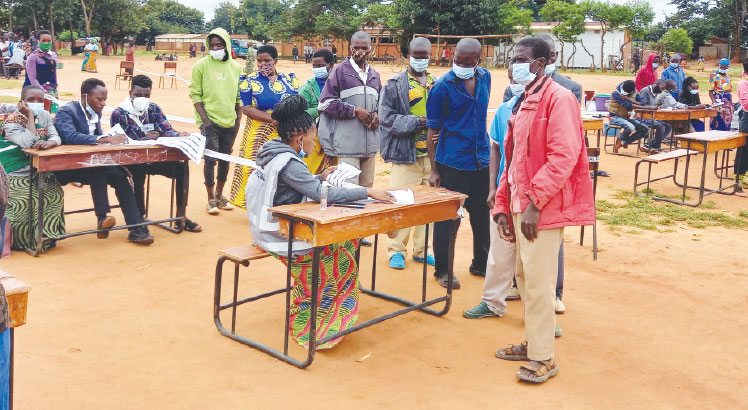A must-do list for Tonse Alliance in 2022
For a majority of Malawians, as shown in mainstream as well as social media, 2021 was a tough year. I reckon in that regard many are also wishing good riddance to the year that was.
Undisputedly, the Covid-19 pandemic was one of the main causes of the challenges the year brought. They included deaths of loved ones, loss of income to families due to deaths of bread winners, disruptions in trade and tourism, investment and poor business environment, to mention but a few. I guess it is everybody’s hope and prayer 2022 should be a better year—a year that will restore smiles on the faces of Malawians. But then it will take more than being hopeful and prayerful to steer the country out of the deep muddy waters Malawi has been sailing in.
It is also aknowledged the world-over that the Covid-19 pandemic is a global shock ‘like no other’. It has simultaneously disrupted both supply and demand in an interconnected world economy. On the supply side, infections reduce labour supply and productivity, while lockdowns, business closures, and social distancing are causing supply disruptions. On the demand side, layoffs and the loss of income and worsened economic prospects are reducing household consumption and firms’ investment (IFPRI, Malawi 2020).
Ecama (2020 Lakeshore Conference) estimated that since the onset of the pandemic around 1.6 million Malawians have fallen into poverty with urban households suffering the largest income losses.
As if these stats are not bad enough the 2021/22 K2.3 trillion national budget had a record deficit of K723.6 billion. The weak fiscal environment during its implementation has further widened the deficit through revenue shortfalls forcing Treasury to borrow extensively from both domestic and foreign creditors, to keep the national budget afloat, a move that has shot the public debt by 32 percent to K5.5 trillion as of mid 2021, representing 59 percent of the GDP. In 2021, the annual inflation rate in Malawi climbed to 11.1 percent in November from a 9.8 percent increase in October. This was the highest inflation rate since January of 2020, pushed up by prices of both food (12.8 percent vs 11.8 percent in October) and non-food products (9.5 percent vs 7.8 percent). (Source: National Statistical Office of Malawi).
The prices of cooking oil, fertilizer, fuel, electricity and water tariffs all rose astronomically in 2021 thereby heavily depleting buying power. Fuel prices, for example, increased twice last year, with the first rise on March 9 by an average of 11 percent. In the second fuel increase, prices went up by an average 22.8 percent for the three oils.
Rising costs of strategic commodities such as fuel price are inflationary and evaporate earnings. The economy is run by transport. It is therefore no rocket science for anyone to know that whenever the price of a component in the transport system goes up, prices of everything in the economy grow wings.
As we transit into 2022, the Tonse Alliance administration should therefore not waste our time telling us what is common knowledge. We already know the global trends on rising cost of living. We know, for example, fuel price increases are a global trend but the difference is how the political leadership of each country has intervened with solutions to stabilise the economy and reduce the suffering on the people.
Need I also remind the Tonse Administration that it is carrying into the new year, the many unfulfilled electoral promises such as a new Malawi that includes ridding the country of corruption, creating one million jobs, three meals a day, free water and electricity connections, cheap fertiliser for all, an end to drug shortage in public hospitals, to mention but a few? These are some of the things the Tonse leadership should inscribe on their hearts and at all costs accomplish in 2022. A prosperous New Year to you all!



